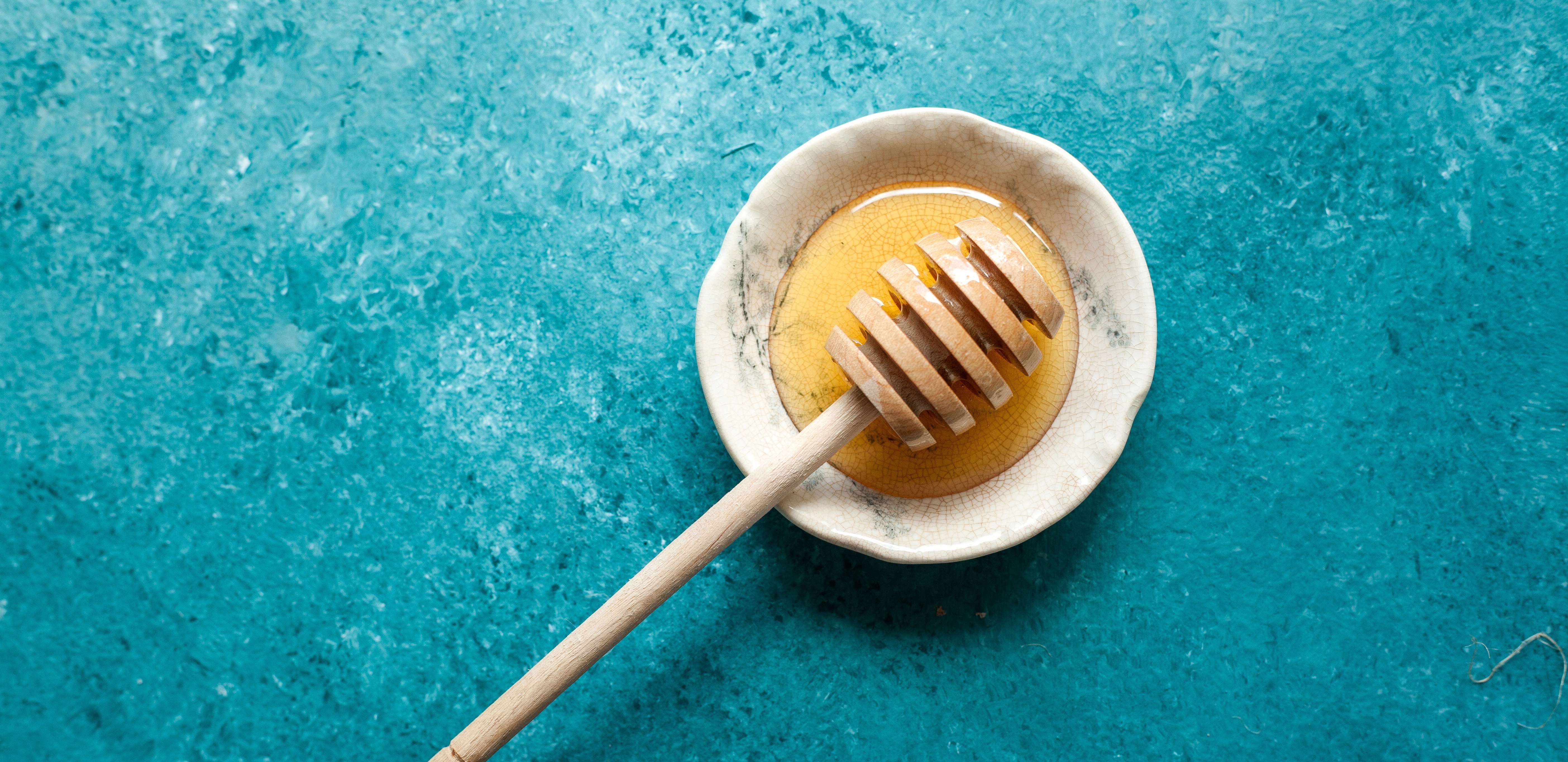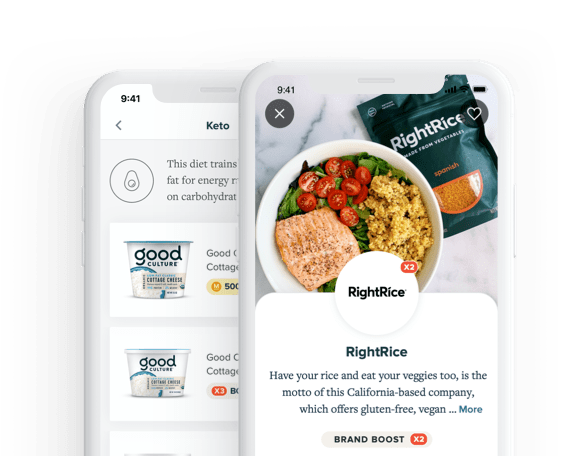Stories
Everything You Need to Know About Added Sugar
Kim McDevitt
At Merryfield, we stick to the mindset of ‘everything in moderation.’ And when it comes to sugar, we all could probably use a little more moderation. Don’t get us wrong: Sugar can be a great (even necessary) ingredient. But we tend to get more of it than we bargain for, often in places you wouldn’t expect or even think to look! In fact, the average American consumes 152 pounds of sugar per year — a 29 percent increase since 1970. That’s right. And it’s currently estimated that added sugars account for 250+ calories per day for the average American, or more than 13 percent of daily calories. Why’s that so bad? Because these calories are what we call non-nutritive, meaning they offer little to no nutritional value to your body. And while they’re tasty, daily overconsumption can quickly lead to health issues such as weight gain, obesity, diabetes and heart disease. What’s even scarier: We’re seeing these health issues rapidly rise in not just adults but in children, too.
There’s a lot we can tell you about sugar and added sugar, but here are the basics you need to know:
Sugar 101 Sugars are carbohydrates in their simplest form (known as monosaccharides or disaccharides). They’re easily digested and absorbed in the body. Naturally occurring, we find sugar in dairy, fruits and vegetables. They provide energy (or calories) to the body, and when not used they’re stored in our muscles and liver for later use. Sugars themselves, when eaten in moderate amounts from naturally occuring sources , are not as harmful to the body as added sugars.
Added Sugars Added sugars come in more than 50 forms and they’re put in everything from soda and candy to juices (yes, your child’s ‘fruit juice’ could have more sugar added to it), ketchup and pasta sauces. These sugars are the ones to be more mindful of versus those that naturally occur in food.
Here are the names of some sugars commonly seen and used in foods:
- Brown rice syrup
- Corn Syrup
- High Fructose Corn Syrup
- Maple
- Invert Sugar
- Molasses
- Dextrose
- Glucose
- Fructose
- Honey
- Maltose
- Malt sugar
- Cane sugar
- Raw Sugar
- Nectar
- Sucrose
Food industries lean on all of the above and more to enhance flavor. This makes food tasty but also easily contributes to the overconsumption of food and, thus, sugar. And while an indulgent sugar-laden treat is okay on occasion, sugar can be lurking in many products where you likely don’t even realize.
Here are common places sugar is added:
- Beverages: soda, sports drinks, juices, bottled coffee and tea.
- Packaged sweets: cookies, candy, desserts, ice cream
- Crackers
- Cereals, Instant Oatmeals, Granola
- Salad dressings, condiments (ketchup, BBQ sauces, etc) dips & spreads
- Yogurt
- Jams and jelly
Your Takeaway It’s important to be your own sugar sleuth and start reading labels. Look for the “Added Sugar” line on the Nutrition Facts Panel and read ingredient lists. Ingredients are listed by weight so the closer an ingredient is to the beginning of the list, the more of that ingredient is in the product. It’s also important to keep in mind that companies often use more than one type of sugar so that the added sweeteners can appear lower on the ingredient list because each separate sugar is used in a smaller quantity than a single source might be. Try to avoid buying products that have unnecessary added sugar, such as salad dressings for example, and limit consumption of sugar-sweetened beverages. The upshot? Simple changes can add up to big savings when it comes to sugar.

Apple and the Apple logo are trademarks of Apple Inc., registered in the U.S. and other countries. App Store is a service mark of Apple. Google Play and the Google Play logo are trademarks of Google LLC.
